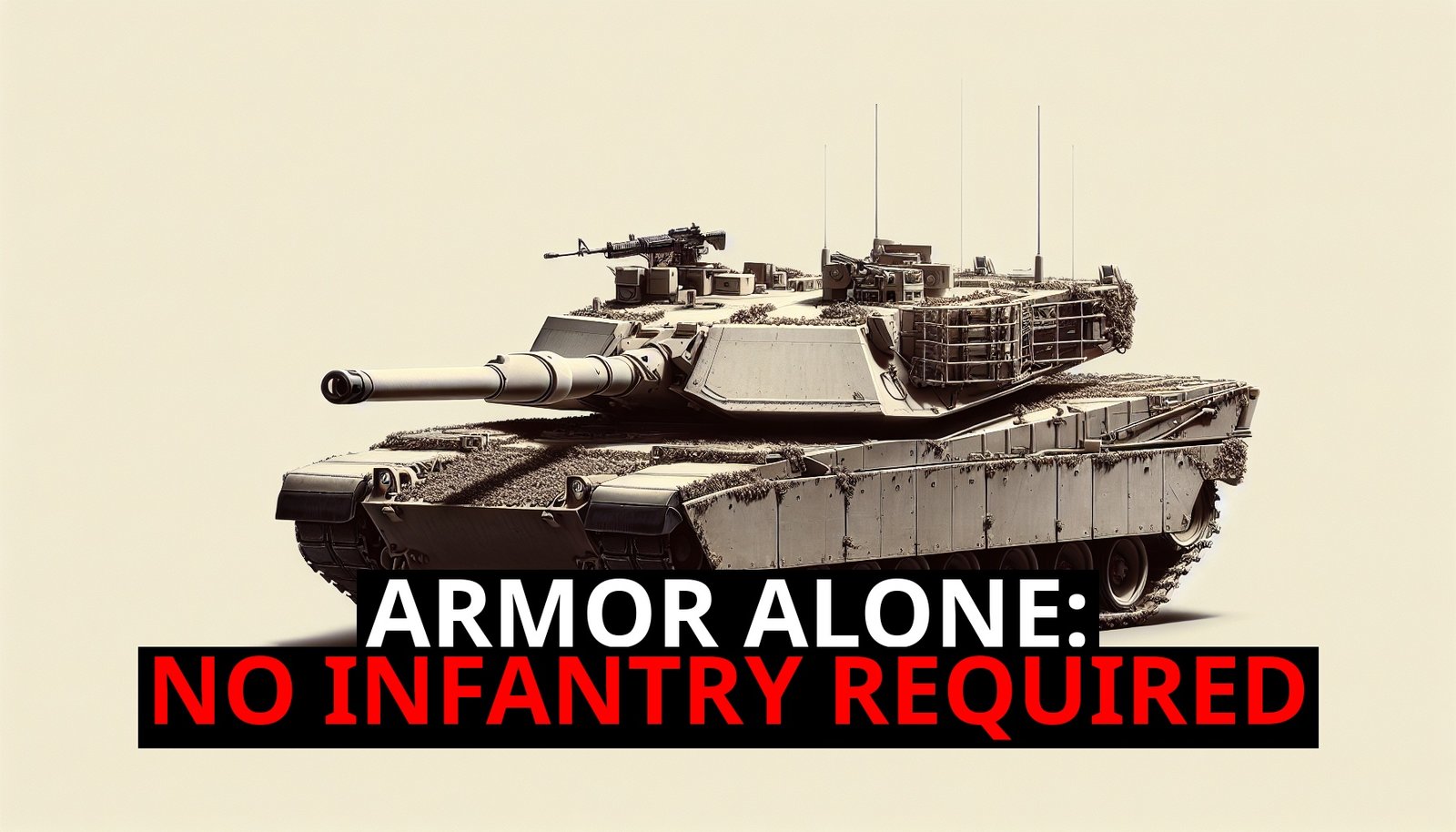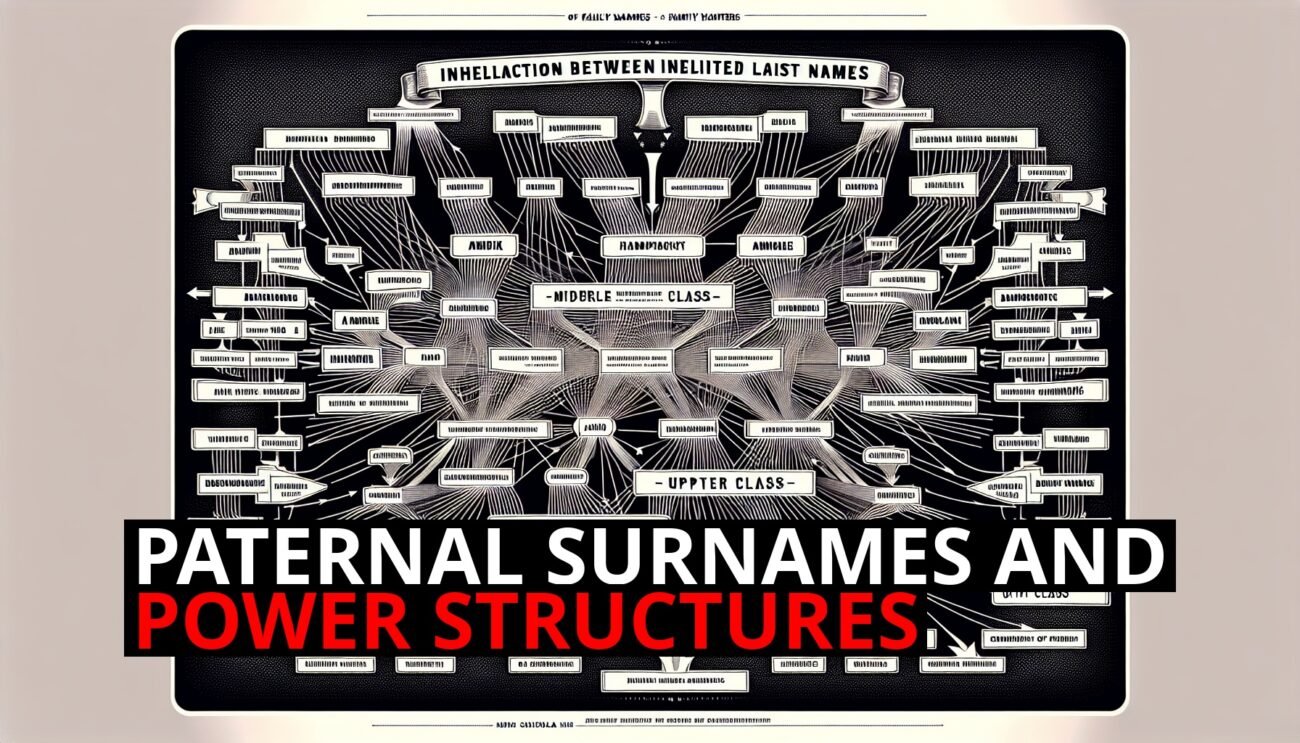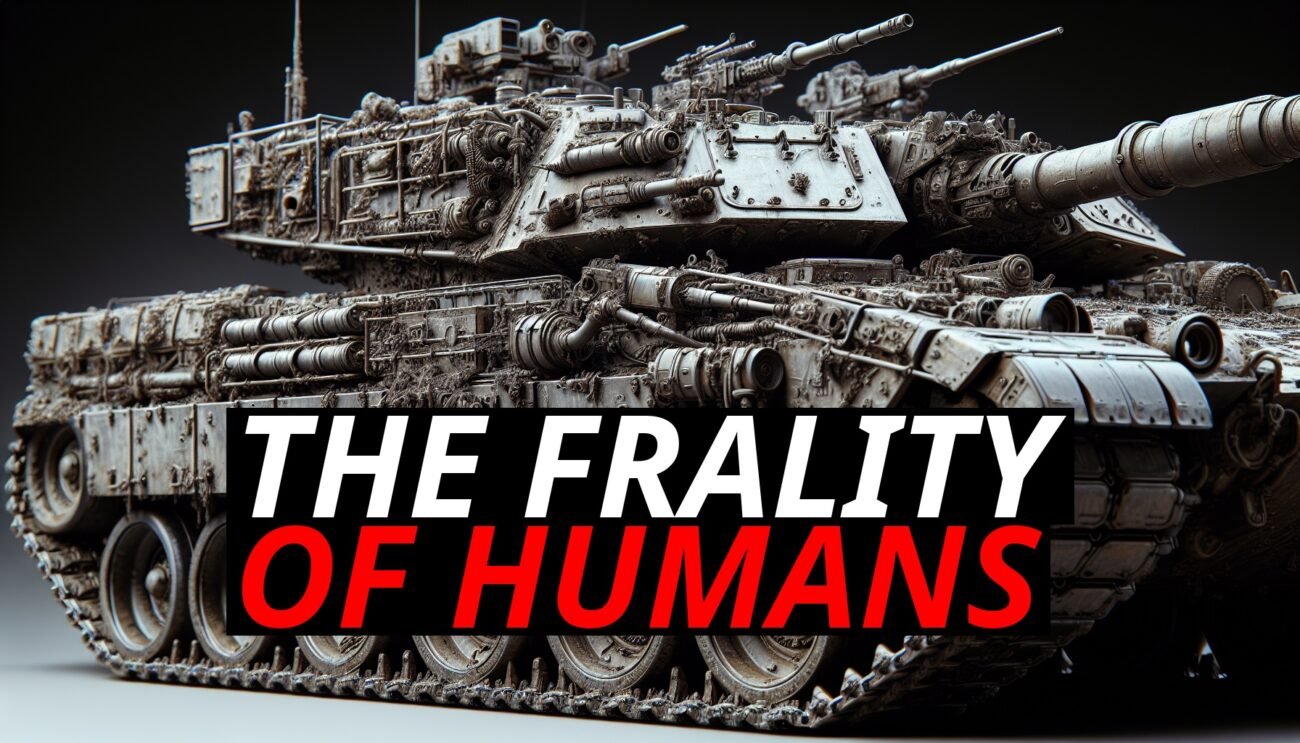Do Tanks Still Need Infantry Support In Modern Warfare?
🚀 Welcome to Strategic Warfare, your go-to source for insights into modern military strategy. Today, we dive into a hotly debated topic: Do tanks still need infantry support in the ever-changing landscape of modern warfare? This question challenges traditional military strategies and considers the impact of advanced battlefield technology.
🪖 Historically, combined arms operations—integrating tanks with infantry—have been a cornerstone of military tactics. However, recent technological advancements and evolving tactics are prompting experts to question whether infantry support for tanks is still necessary. Let’s explore why tanks might not need infantry support and the implications of this shift.
🔫 The core argument against using infantry to support tanks is their inherent vulnerability on the modern battlefield. No matter how well-protected or tactically positioned, infantry supporting tanks will inevitably face significant risks and casualties. This raises a crucial question: How is your infantry going to support the tanks without being shot at and killed?
💥 Infantry moving alongside or in support of tanks are exposed to small arms fire, artillery, and other threats that tanks are better equipped to handle. In high-intensity combat scenarios, infantry units can suffer heavy casualties, which are devastating in terms of human loss and costly in terms of training and resources. Infantry lack the heavy armor and mobility of tanks, making them vulnerable to a wide range of battlefield threats. Even with protective measures such as Armored Personnel Carriers (APCs) or Infantry Fighting Vehicles (IFVs), infantry are still at a higher risk compared to tank crews.
📊 To illustrate the point, consider a hypothetical scenario where a force of tanks engages an enemy force of tanks and infantry. While the tank-only force might experience higher vehicle losses, the human cost is crucial to consider. Tanks are designed to protect their crews, meaning even if a tank is disabled, the crew often survives. If a tank force loses 10 tanks, the human casualties might be limited to the crews of those 10 tanks, resulting in at most 40 casualties. Realistically, not every crew member will be killed or wounded, reducing the human cost further.
🪖 On the other hand, a mixed force of tanks and infantry might lose fewer tanks, but the infantry will likely suffer significant casualties. If you lose 10 infantrymen to reduce the number of disabled tanks by one, and each tank loss is a loss of one tank crew, you are essentially trading 10 infantrymen for one tank crew—a trade that is not worth it. The sheer magnitude of casualties among the infantry highlights the inefficiency and high human cost of using infantry to support tanks directly.
🛡️ Modern tanks are equipped with advanced targeting systems, reactive armor, and active protection systems, enhancing their survivability and lethality. These technological advancements reduce the reliance on infantry for protection. Tanks can now effectively engage and neutralize threats from a distance, minimizing the risk of close-quarters combat where infantry support would traditionally be necessary. Moreover, the integration of heavy weapons, artillery, and air support in modern combat strategies allows tanks to operate independently. Artillery and airstrikes can neutralize enemy positions and threats from a distance, allowing tanks to advance with reduced risk of ambush or infantry-based anti-tank attacks.
👥 While tanks can operate independently in many scenarios, infantry still play crucial roles in reconnaissance, casualty recovery, and logistical support. However, these roles do not require infantry to be in direct combat. Recon units, often composed of stealthy and mobile elements, gather critical intelligence without engaging the enemy directly. Additionally, infantry units can assist in crew recovery and evacuation if a tank is disabled, performing these tasks from protected positions to minimize casualties. Infantry can also be transported in Armored Personnel Carriers (APCs) and Infantry Fighting Vehicles (IFVs), which provide the necessary mobility and protection, allowing them to move quickly and stay close to armored units without being exposed to direct fire.
🔄 The evolution of modern warfare suggests that tanks can, in many scenarios, operate effectively without direct infantry support. The mathematics of battlefield casualties highlight the benefits of minimizing human losses by relying more on armored units and heavy weapons. While infantry still play crucial roles in indirect support, their involvement in direct combat should be minimized to reduce unnecessary casualties. By leveraging the strengths of tanks, artillery, and air support, military forces can achieve their objectives more efficiently and with fewer human costs.
🧠 In other words, the only reason you would want to use infantry to support your tanks is if they would take fewer casualties than the amount of tank crew casualties you could prevent. In most cases with heavy weapons on the field, that’s not the case—you’re going to take far too many infantry casualties. Only if you are in a situation where your infantry is not going to take any casualties at all to support your tanks, then infantry support is worth it. In real war, the enemy is going to shoot back, and if your infantry is getting shot at by heavy weapons, they will take far too many losses.
🏁 The future of military strategy lies in reducing human involvement on the front lines while maximizing combat effectiveness through technological advancements. The traditional combined arms approach must adapt to modern realities, recognizing that the human cost of infantry support may be too high to justify in many scenarios. As battlefield technology evolves, so too must our strategies, ensuring that we protect human life while achieving military objectives.
🎥 Engage with us! If you found this analysis intriguing, don’t forget to like, subscribe, and hit the notification bell for more insights into modern military strategy. Share your thoughts in the comments below about the evolving role of tanks and infantry in contemporary conflicts. Stay tuned for more episodes of Strategic Warfare, where we explore the intricate dynamics of 21st-century combat. Thanks for watching!













